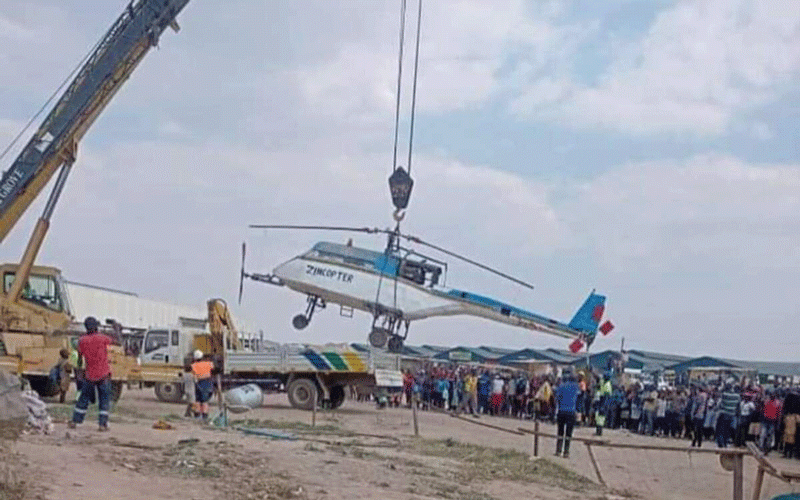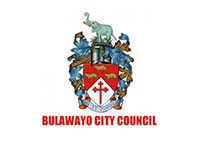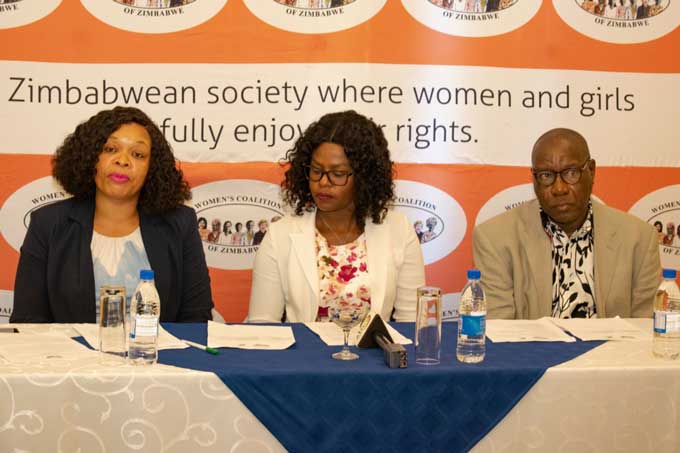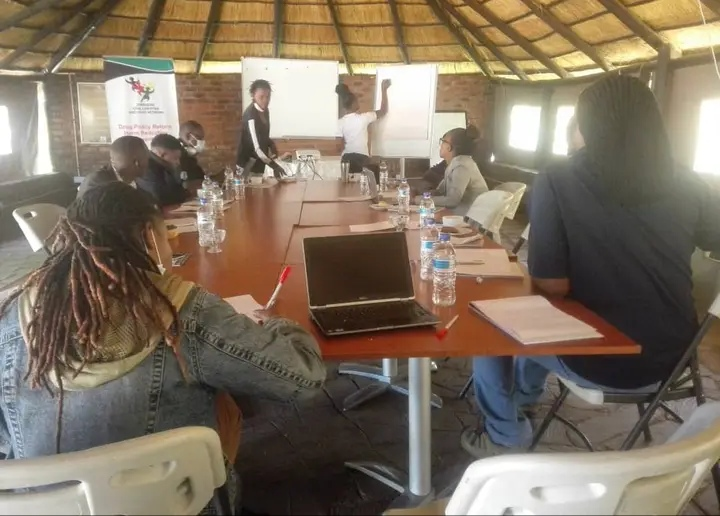
JUST after the 2013 general election, a local youth organisation - Youth Empowerment and Transformations Trust (YETT) placed an essay competition advert in the media titled “If I were Minister of….” in which they were calling for young people and youths to pick a cabinet minister of their choice and present solutions to problems they thought were affecting the youths.
During that time, the late former President Robert Mugabe had just appointed a new cabinet. In his bloated cabinet, he had just appointed former Masvingo governor Josaya Hungwe as the minister of state for liaising on psychomotor activities in education and vocational training. The move which was regarded by many as a way of rewarding his allies as the two ministries of primary and secondary education as well as higher and tertiary education ,science and technology were already serving the same purpose.
My preferred pick was this very controversial new ministry and my reasons were strategic. It would give me a helicopter view to write about the entire education system from primary to higher and tertiary education, science and technology development in one go. Since the Ministry of Psychomotor was disbanded in 2017 and for relatability purposes, I have headlined this article under a combined Ministry of Education, Science and Technology Development.
Psycho–what?
The ministry of psychomotor activities in education and vocational training sent tongues wagging and noone pretty much knew what it was about. Interestingly, one of the local publications at the time actually reported that 3 weeks into his job, the newly appointed minister of psychomotor Hungwe had no idea of what his job description was.
In picking this ministry, I had done research, and made a profound and thorough reflection on why President Mugabe had created it in the first place. I figured out that his intentions were good but misunderstood, well I thought so at the time. In President Mugabe’s head, I reasoned that he had probably created the ministry to sort of supervise both the ministries of primary and secondary education and the ministry of higher and tertiary education based on the Nziramasanga Commission Report of 1999.
After submitting my essay, a few months later the adjudication process was complete and it was to my surprise that towards the end of January 2014 I received a message informing me that I had been shortlisted amongst the top 30 upcoming writers in Zimbabwe. I was to attend the awards ceremony together with other young shortlisted contestants. The ceremony was graced by the then deputy minister of higher and tertiary education, science and technology development, Godfrey Gandawa.
Our essays were handed over to the ministry of higher and tertiary education, science and technology development. What triggered me to retrieve this almost decade archive is the continued ridicule of Daniel Chingoma and the recent reaction by authorities at the University of Zimbabwe ordering him to remove his helicopter from the institutions premises or else “they would burn it”. This was revealed by Chingoma in a radio interview recently.The young ones are watching and this response in my view sets a bad precedence and dampens the spirit of research and innovation.
- Building narratives: If I were Education, Science and Tech Development minister
- If I were Education, Science and Tech Development minister (Final Part)
- Daniel Chingoma remains my unsung hero
Keep Reading
The sad story of Daniel Chingoma’s Zimcopter
In my essay back in 2013, I singled out Chingoma’s story and how despite not having an academic qualification, he had gone an extra mile to work with what he had to design a helicopter from scrap metal, a car engine, a Lexus V8 engine. It had side mirrors from a Hilux bakkie and a tobacco thermometer in the cockpit.
I wrote on how I had been saddened by lack of action on the part of government in assisting him and how the government through the ministry of psychomotor needed to avoid of repeat of such by embarking on a massive “education revolution exercise” which would in turn create what I termed “a new nation of technicians, scientists, craftsmanship and entrepreneurs” to reduce the unemployment scourge in the country.
Furthermore, I advised the ministry to prioritize “revolutionarising the education system” by revisiting the curriculum and introduce practical learning hours at primary level. For instance, during practical time children would be asked to be creative through making wire cars, wire objects, building clay houses and so on. This would be meant for talent scouting. At the end of the 7-year primary education there would be an additional practical exam paper and it would be easy to quickly identify talent at that stage.
At secondary level, I advised the re-introduction of the Zimbabwe Junior Certificate (ZJC) with no segregation to practical subjects. After the junior certificate, depending on the results those good at practicals, science only and craftsmanship would be sent to new schools known as technical schools meant for practical’s and engineering sciences.
Those good in academic subjects would continue to O’ and A’ Level and the curriculum would place more emphasis on entrepreneurship skills.
To be continued…….
FungayiSox works at TisuMazwi — a communication-centered social enterprise which specialises inresearch,book publishing and storytelling projects. He writes in his personal capacity. For feedback contact him on 0776 030 949, follow him on Twitter @AntonySox, or connect with him on LinkedIn on Fungayi Antony Sox.










